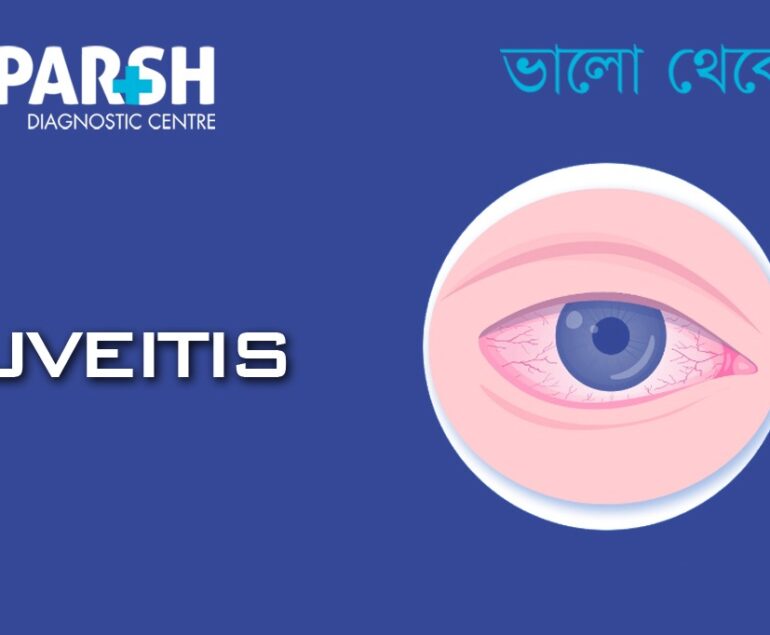Lumbar radiculopathy is a common spinal nerve condition that affects millions worldwide. It is characterized by pain, numbness, or weakness that radiates from the lower back into the legs. This condition results from irritation or compression of nerve roots in the lumbar spine. This guide provides a detailed overview of lumbar radiculopathy, including its causes, symptoms, diagnostic methods, treatment options, and prevention strategies.
What Is Lumbar Radiculopathy?
Lumbar radiculopathy refers to a condition in which one or more nerve roots in the lower spine become compressed or inflamed, leading to neurological symptoms. It differs from general low back pain, which may be muscular or mechanical in origin.
- Commonly affected nerve roots: L4, L5, and S1
- Alternate term: Lumbosacral radiculopathy
- Prevalence: Affects approximately 3–5% of the population at some point in their lives
Causes of Lumbar Radiculopathy
Several structural and degenerative changes in the spine can lead to nerve root compression:
- Herniated disc: The most common cause; occurs when disc material presses on nerve roots
- Spinal stenosis: Narrowing of the spinal canal that compresses nerves
- Degenerative disc disease: Age-related wear and tear of spinal discs
- Spondylolisthesis: A vertebra slips over the one below it
- Trauma or injury: Sudden impact or strain on the spine
- Tumors or infections: Rare but serious causes that require immediate attention
Symptoms of Lumbar Radiculopathy
Symptoms vary depending on the affected nerve root but typically include:
- Sharp, shooting pain radiating from the lower back to the buttocks, thighs, or calves
- Numbness or tingling in the legs or feet
- Muscle weakness in the lower limbs
- Reduced reflexes in the knees or ankles
- Difficulty walking, standing, or maintaining balance
Pain often worsens with prolonged sitting, bending, or lifting.
Diagnosis: How Is It Confirmed?
Accurate diagnosis is essential for effective treatment. The diagnostic process typically includes:
- Clinical evaluation: A detailed medical history and physical examination
- Neurological tests: Assessment of reflexes, muscle strength, and sensory function
- Imaging studies:
- Electrodiagnostic tests:
These tests help differentiate lumbar radiculopathy from other conditions such as peripheral neuropathy or myopathy.
Treatment Options
Conservative Management
Most cases of lumbar radiculopathy can be managed without surgery:
- Rest and activity modification to reduce strain on the spine
- Physical therapy to strengthen core muscles and improve flexibility
- Medications:
- Epidural steroid injections to reduce inflammation and relieve pain
Surgical Intervention
Surgery is considered when conservative treatments fail or when there is progressive neurological decline:
- Microdiscectomy: Removal of herniated disc material pressing on a nerve
- Laminectomy: Removal of part of the vertebra to relieve pressure on the spinal cord or nerves
- Spinal fusion: Stabilization of the spine in cases of vertebral instability
Prevention Strategies
While not all causes of lumbar radiculopathy are preventable, certain lifestyle changes can reduce the risk:
- Maintain a healthy weight to reduce spinal load
- Practice good posture while sitting, standing, and sleeping
- Use proper lifting techniques to avoid back strain
- Engage in regular physical activity, especially core-strengthening exercises
- Avoid prolonged sitting or standing without breaks
Prognosis and Recovery
With timely and appropriate treatment, most patients recover within a few weeks to several months. Early intervention improves outcomes and reduces the risk of permanent nerve damage. Chronic cases may require long-term management, including lifestyle modifications and physical therapy.
Frequently Asked Questions (FAQ)
Q1: Is lumbar radiculopathy the same as sciatica?
A: Sciatica is a symptom of lumbar radiculopathy, specifically involving the sciatic nerve. Radiculopathy can affect other lumbar nerve roots as well.
Q2: Can lumbar radiculopathy heal without surgery?
A: Yes. Most cases improve with conservative treatment such as physical therapy, medications, and rest.
Q3: How long does recovery take?
A: Recovery time varies depending on the severity of the condition and the treatment approach. Most patients recover within a few weeks to a few months.
Q4: What exercises help with lumbar radiculopathy?
A: Core strengthening, gentle stretching, and low-impact aerobic exercises like walking or swimming are beneficial. Always consult a physiotherapist before starting any exercise program.
Q5: Is lumbar radiculopathy a permanent condition?
A: Not usually. With proper treatment and lifestyle changes, symptoms often resolve. However, some individuals may experience recurrent or chronic symptoms.
#BhaloTheko
Disclaimer:
No content on this site, regardless of date, should ever be used as a substitute for direct medical advice from your doctor or other qualified clinician.

![]()






[…] can occur anywhere along the spine, it is most common in the neck (cervical radiculopathy) and lower back (lumbar radiculopathy). The condition can significantly impact mobility and quality of life if left […]